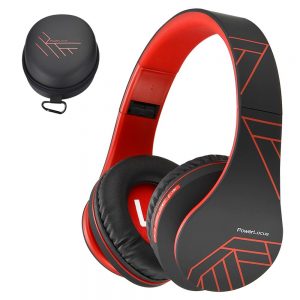 Choosing the right tools for a concrete project is essential to both the appearance and the durability of the finished product. In deciding how to choose the right concrete tools, it helps to look at each step of a project, which begins with choosing the right concrete. All concrete is composed of the same elements: Portland cement, sand, crushed rock or gravel and water. However, the elements are combined in varying quantities based on the desired surface appearance and durability of the concrete. Concrete used for indoor projects, for example, usually contains more sediment than rock, giving the concrete a smoother, more cohesive appearance. After choosing the right concrete comes choosing the right forms for it to set in. For outdoor projects, wooden 2 X 4 forms supported by 2 X 2 wooden stakes work fine. For indoor concrete projects, waterproof forms, such as slats of Plexiglas or hard rubber should be used.
Choosing the right tools for a concrete project is essential to both the appearance and the durability of the finished product. In deciding how to choose the right concrete tools, it helps to look at each step of a project, which begins with choosing the right concrete. All concrete is composed of the same elements: Portland cement, sand, crushed rock or gravel and water. However, the elements are combined in varying quantities based on the desired surface appearance and durability of the concrete. Concrete used for indoor projects, for example, usually contains more sediment than rock, giving the concrete a smoother, more cohesive appearance. After choosing the right concrete comes choosing the right forms for it to set in. For outdoor projects, wooden 2 X 4 forms supported by 2 X 2 wooden stakes work fine. For indoor concrete projects, waterproof forms, such as slats of Plexiglas or hard rubber should be used.
Once the mixture begins to set, it should be tamped using a 2 X 4 or a roller tamper to remove air pockets. The 2 x4 can also be used as a screed to smooth the concrete’s surface area as it dries. A magnesium concentrate rake can be used to smooth hard to reach corner areas. After larger areas of concrete such as sidewalks and driveways have almost set, a groover should be used to place expansion joints in the concrete. A groover that cuts expansion joints to 1/4 of the mix’s total depth is the best choice. After the expansion joints have been filled and the concrete is dry, it is time to choose the best concrete sealer. Choosing the best sealer depends on three criteria: the traffic conditions of the concrete, the desired sheen of the concrete and whether or not the sealer is compatible with any decorative surface treatments that have been applied to the mixture. Concrete counters and floors are generally buffed and polished before a sealer is applied. If you are searching for additional details on crushed concrete, visit the previously mentioned website.
A quality concrete grinder (buffer) contains a built-in circuit breaker to prevent blown fuses and a spring-loaded head that stays flat against the concrete. It is important to distinguish between a grinder and polisher: the former is used to buff away general imperfections, and the latter is used to give concrete a smooth, polished look. For the best results, grinder pads and polishing pads should not be used interchangeably. After the concrete is sealed, accents that require concrete fasteners are often added. There are two considerations in choosing the right fasteners: “tension” and “shear”. Tension refers to the pulling weight that the fastener supports, while “shear” refers to the hanging weight placed on the fastener. When applying fasteners, a strike set is one of the most useful concrete finishing tools. In place of drilling, a strike set shoots the fastener set directly into the concrete. The tools and processes mentioned here are basic to setting and finishing concrete. For more aesthetic endeavours with concrete, tools such as turbo rollers and concrete cutters are often used to apply intricate enhancements.








